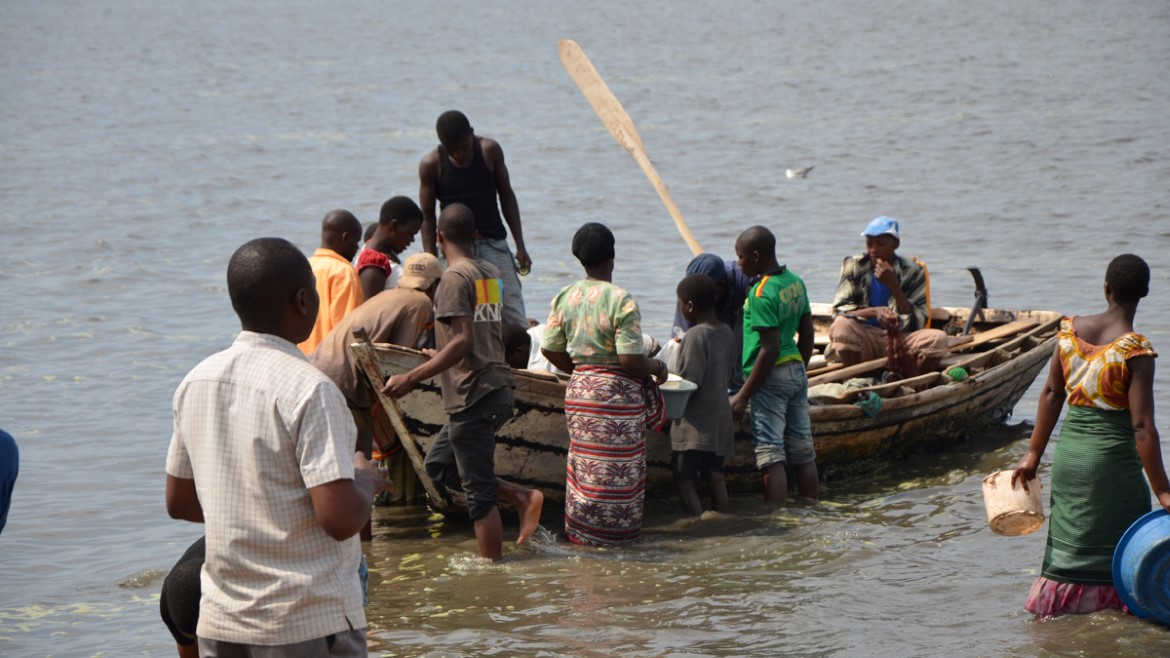
Fish and food security
Artisanal fishers contribute over half the world’s catch and are of great significance for value creation and economic growth in their own countries. Despite this, these small-scale food producers account for over half of the global population without food security today.
Some 29 per cent of global fish stocks are overexploited while 61 per cent are fully exploited. Consequently, growth in production must take place in the aquaculture sector.
Today aquaculture is also the world’s fastest growing food industry.
Fisheries, aquaculture and trade
According to a report issued by FAO in cooperation with Norad in 2004, increased trade in fish will not necessarily lead to greater pressure on fisheries resources if countries have a well-functioning fisheries management.
The fisheries and aquaculture sector promote food security by both supplying fish to the market and by contributing to employment and income. Trade in fish also represents a considerable source of export revenues for developing countries, and in some represents over half of the total value of exported goods.
Since 1980, employment in this sector has grown faster than the world’s population, while the price of fish has increased markedly since 2002, setting a new record high in October 2013. The increase was mainly due to higher prices for farmed species.
Fish and nutrition
Fish is an important source of animal protein. A portion of 150 grams of fish yields approximately 50–60 per cent of the daily protein requirement of an adult. In addition, fish is an important source of essential vitamins and minerals while also having a low content of saturated fat, carbohydrates and cholesterol.
In 2010 fish accounted for 16.7 per cent of the global intake of animal protein and 6.7 per cent of total protein intake. However, in West Africa, Asian coastal states and many small island states the proportion of total protein intake that comes from fish can be up to 60 per cent or more.
Production and consumption of fish
Roughly 70 per cent of all fisheries and more than 90 per cent of all aquaculture takes place in developing countries as well as in China.
In 2012 total fish production for human consumption stood at 136 million tonnes as against 117 million tonnes in 2007. Per capita consumption totalled 19.2 kg in 2012 as opposed to 17.6 kg in 2007. A growing proportion comes from aquaculture. Nonetheless, consumption of fish varied considerably from country to country.
We find the greatest increase in annual fish intake in East Asia (an increase of from 10.7 kg per person in 1961, to 35.4 kg in 2010). The same trend can be seen in Southeast Asia and North Africa (even though the starting point in 1961 in North Africa was low at 2.8 kg).
In China in particular we find a dramatic rise in consumption, with an average annual increase of 4.5 per cent in the period from 1961−2010, and a record 6 per cent in the period from 1990−2010. In Africa however, in some Sub-Saharan countries including the Democratic Republic of the Congo, Gabon, Liberia, Malawi and South Africa, consumption of fish has remained unchanged or has decreased.
Norwegian aid
Norwegian aid provides support for sustainable fisheries and aquaculture management, with the aim of ensuring that the global catch of fish for food can continue in a sustainable manner.
Norway also promotes growth in aquaculture production by emphasizing research and education, and has funded a value chain study under the auspices of FAO.
